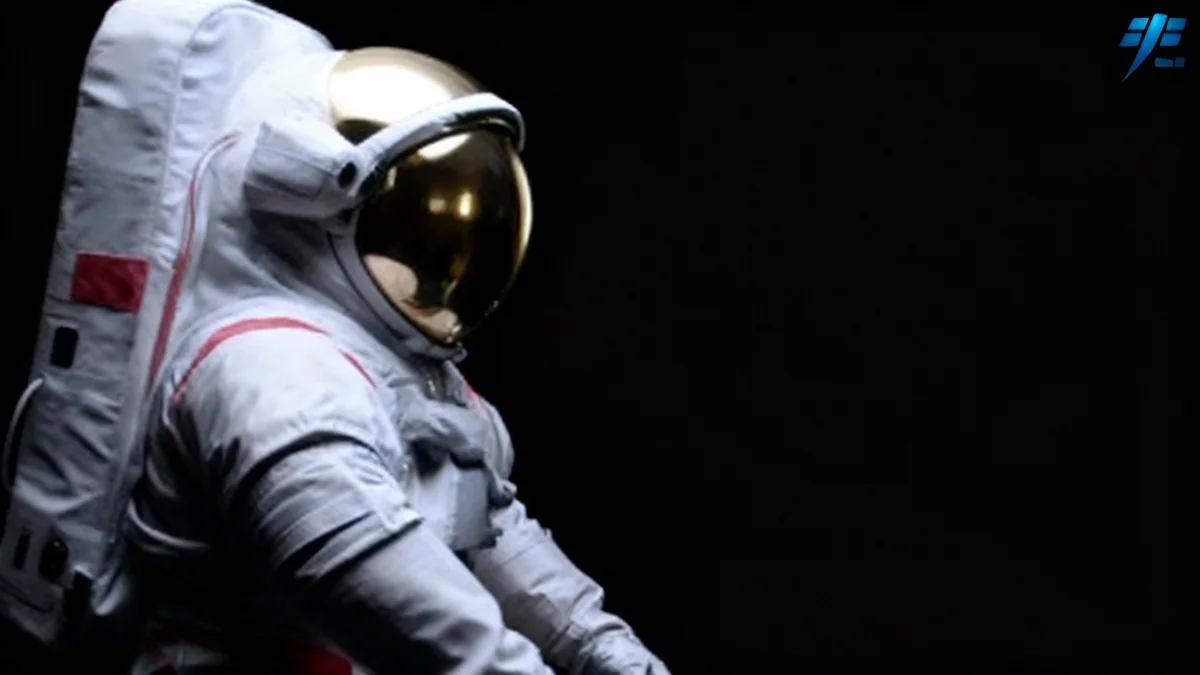The U.S. Department of the Air Force has authorized SpaceX to significantly increase its launch operations from Vandenberg Space Force Base in California. The decision, announced on October 10, permits the company to conduct up to 100 missions annually, doubling the previous limit of 50.
This expansion includes, for the first time, launches of the powerful Falcon Heavy rocket from the West Coast site. The approval follows the completion of a final environmental impact statement assessing the effects of the increased launch tempo.
Key Takeaways
- The U.S. Air Force has approved an increase in SpaceX launches from Vandenberg Space Force Base from 50 to 100 per year.
- The approval authorizes launches of the Falcon Heavy rocket from the California base for the first time.
- Space Launch Complex 6 (SLC-6) will be modified to accommodate both Falcon 9 and Falcon Heavy missions.
- A final, independent approval from the Federal Aviation Administration (FAA) is still required before the new launch rate is finalized.
Details of the Expanded Operations
The formal authorization, known as a record of decision (ROD), marks a significant step in expanding U.S. launch capabilities from the West Coast. SpaceX has historically used Vandenberg for missions requiring polar orbits, which are critical for many Earth-observation and communication satellites.
Until now, all SpaceX missions from this base have utilized the workhorse Falcon 9 rocket, lifting off from Space Launch Complex 4-East (SLC-4E). The new agreement introduces a second launch pad and a more powerful vehicle into the company's California operations.
Vandenberg's Strategic Importance
Vandenberg Space Force Base is strategically located on California's central coast, providing an ideal trajectory for launching satellites into polar orbits. Because Earth rotates from west to east, a north-to-south launch path allows a satellite to eventually observe nearly the entire surface of the planet as it spins below. This capability is essential for weather monitoring, environmental science, and intelligence gathering.
Introducing the Falcon Heavy to the West Coast
A key component of the approval is the inclusion of the Falcon Heavy rocket. This heavy-lift vehicle will operate from Space Launch Complex 6 (SLC-6), a pad with a long history that has not seen a launch since 2022.
Modifications to Launch Pad SLC-6
According to the Air Force, SLC-6 will undergo modifications to support both the Falcon 9 and the much larger Falcon Heavy. This dual-use capability will provide greater flexibility for mission scheduling and vehicle selection.
The approval specifies that up to five of the 100 annual launches can be Falcon Heavy missions. While this represents only 5% of the total authorized flights, it establishes a crucial West Coast launch capability for heavier payloads destined for unique orbits.
Falcon Heavy by the Numbers
- First Flight: February 6, 2018
- Height: 70 meters (230 feet)
- Thrust at Liftoff: Over 5 million pounds
- Payload to Low Earth Orbit: 63,800 kg (140,660 lbs)
Regulatory Framework and Final Steps
While the Department of the Air Force has given its consent, the process is not yet complete. The final regulatory hurdle lies with the Federal Aviation Administration (FAA), the government body responsible for licensing commercial space launches.
In a statement, Air Force officials confirmed that the FAA "will issue an independent ROD based on its conclusions." This means the FAA will conduct its own review before granting the final licenses required for the increased launch rate and the introduction of Falcon Heavy at Vandenberg.
"The Federal Aviation Administration, which licenses commercial launches, will issue an independent ROD based on its conclusions," Air Force officials stated, clarifying the next step in the regulatory process.
SpaceX's National Launch Infrastructure
The expansion at Vandenberg complements SpaceX's existing launch infrastructure across the United States. The company currently operates from four primary sites, each serving different mission profiles.
- Vandenberg Space Force Base, California: Primarily used for polar orbit launches.
- Cape Canaveral Space Force Station, Florida: Supports national security and commercial missions to various orbits.
- NASA's Kennedy Space Center, Florida: Hosts crewed missions, cargo resupply to the ISS, and interplanetary flights.
- Starbase, South Texas: The development and test site for SpaceX's next-generation Starship vehicle.
The increased capacity at Vandenberg is expected to support the continued deployment of SpaceX's Starlink internet satellite constellation, as well as missions for commercial and government customers. This development underscores the growing demand for launch services and the strategic importance of maintaining robust and flexible access to space from U.S. soil.





